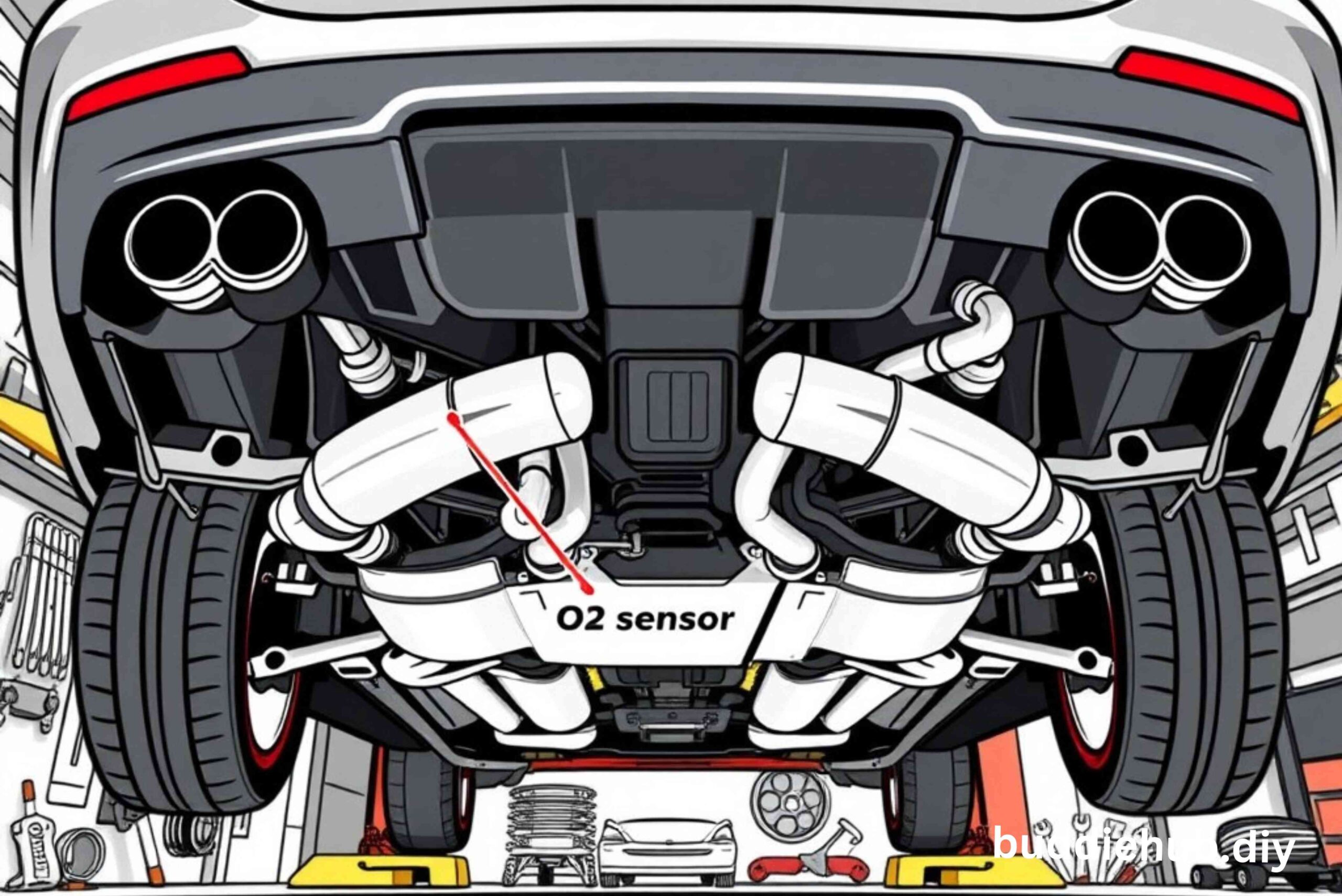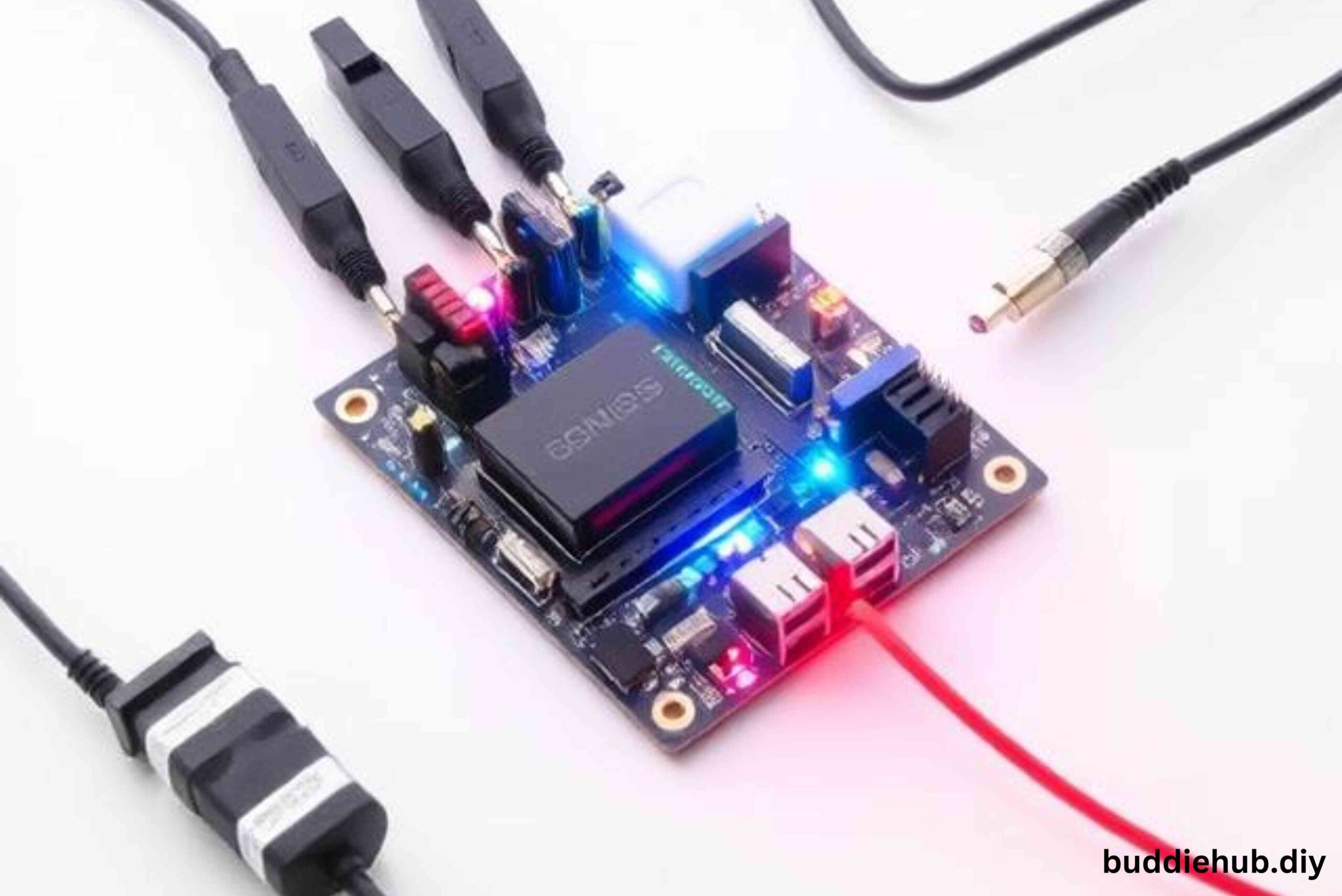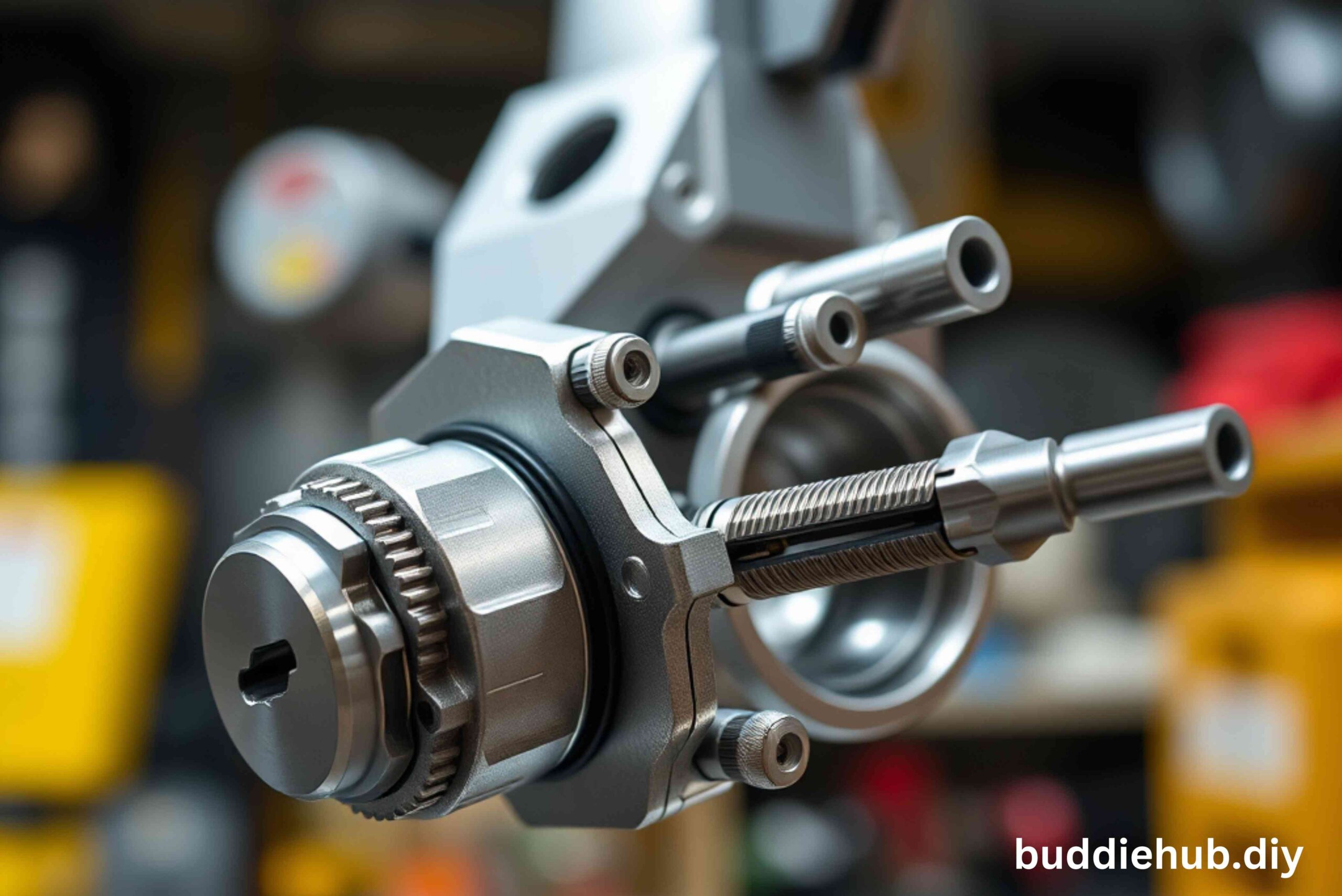Introduction TO : 2018 bmw m550xi o2 sensor location
If you own a 2018 BMW M550xi or are a car enthusiast, you may have come across the term “O2 sensor” in maintenance or troubleshooting discussions. But what is it, where is it located, and why is it important? Let’s dive into the details of the 2018 BMW M550xi O2 sensor location to unlock the mystery and ensure your vehicle runs smoothly. This guide will simplify everything you need to know with a clear, conversational tone.
What is an O2 Sensor?
The oxygen sensor, or O2 sensor, is a small device in your car’s exhaust system. It monitors the oxygen levels in the exhaust gases, ensuring the engine operates efficiently and reduces harmful emissions. Think of it as a translator, converting exhaust data into signals your car’s computer can understand.
Why is the O2 Sensor Important?
The O2 sensor plays a vital role in:
- Optimizing Fuel Efficiency: By analyzing the oxygen-to-fuel ratio, it ensures the engine runs at its best.
- Reducing Emissions: It helps minimize pollutants by enabling precise combustion.
- Preventing Damage: A faulty sensor can lead to engine issues if ignored for too long.
How Does the O2 Sensor Work?
This tiny but mighty component continuously samples the exhaust gases. It sends data to the engine control module (ECM), which adjusts the air-fuel mixture. This balance keeps your car’s performance smooth and eco-friendly.
How Many O2 Sensors are in the 2018 BMW M550xi?
The 2018 BMW M550xi typically has four O2 sensors—two upstream (before the catalytic converter) and two downstream (after the catalytic converter). These sensors work in tandem to ensure accurate readings and efficient engine function.
Location of the O2 Sensor
The exact location of the O2 sensors in the 2018 BMW M550xi depends on their function:
- Upstream Sensors: Located near the exhaust manifold, they monitor the air-fuel ratio before the gases enter the catalytic converter.
- Downstream Sensors: Positioned after the catalytic converter, they measure the efficiency of the converter in reducing emissions.
Symptoms of a Faulty O2 Sensor
How can you tell if your O2 sensor needs attention? Here are some common signs:
- One of the most clear-cut signals is the check engine light.
- Poor Fuel Economy: A faulty sensor may cause excessive fuel consumption.
- Rough Idling: The engine might feel shaky or inconsistent.
- Increased Emissions: You might notice unusual smoke or odors from the exhaust.
Tools Needed for O2 Sensor Inspection
Before you start, gather these tools:
- O2 sensor socket
- Ratchet and extensions
- Penetrating oil
- Safety gloves
- Multimeter (for testing)
Step-by-Step Guide to Locating the O2 Sensor
- Raise the Car: Use a jack to safely elevate the vehicle. Ensure it’s on stable ground.
- Locate the Exhaust System: Trace the exhaust pipes from the engine to the tailpipe.
- Identify the Sensors: Look for small cylindrical components screwed into the exhaust pipe—these are the O2 sensors.
- Refer to the Manual: Your owner’s manual can provide specific diagrams for the 2018 BMW M550xi.
Replacing the O2 Sensor
Replacing an O2 sensor can be straightforward. Here’s how:
- Disconnect the Battery: To avoid any electrical mishaps.
- Remove the Sensor: Use the O2 sensor socket and ratchet to unscrew it.
- Install the New Sensor: Screw in the new sensor and tighten it securely.
- Reconnect the Battery: Start your car to ensure the issue is resolved.
Tips for Maintenance
- Regular Checkups: Have your sensors inspected during routine maintenance.
- Use Quality Fuel: Low-quality fuel can clog the sensors over time.
- Clean the Sensors: Occasionally cleaning the sensors can prolong their life.
Common Misconceptions
- “O2 Sensors Don’t Affect Performance”: False! A faulty sensor can drastically reduce engine efficiency.
- “All Sensors are the Same”: Incorrect. Upstream and downstream sensors serve different purposes.
Professional Assistance
If DIY isn’t your style or you’re unsure, seek professional help. Certified mechanics have the expertise and tools to handle O2 sensor issues efficiently.
FAQs
- What happens if I ignore a faulty O2 sensor?
Ignoring it can lead to poor fuel efficiency, increased emissions, and potential engine damage. - Can I drive my 2018 BMW M550xi with a bad O2 sensor?
While it’s possible, it’s not recommended. A faulty sensor can harm your engine over time. - Replacement of an O2 sensor costs what?
Replacement costs typically range from $150 to $400, depending on labor and parts. - How often should O2 sensors be replaced?
Most sensors last around 60,000 to 100,000 miles, but check your owner’s manual for specifics. - Can a faulty O2 sensor trigger other issues?
Yes, it can cause problems like a failing catalytic converter or engine misfires.
Conclusion
The 2018 BMW M550xi O2 sensor location might seem like a minor detail, but understanding it is crucial for maintaining your vehicle’s performance and longevity. Whether you’re tackling a DIY project or consulting a professional, staying informed is key. By taking proper care of your O2 sensors, you’ll enjoy a smoother ride and peace of mind. Happy driving!





